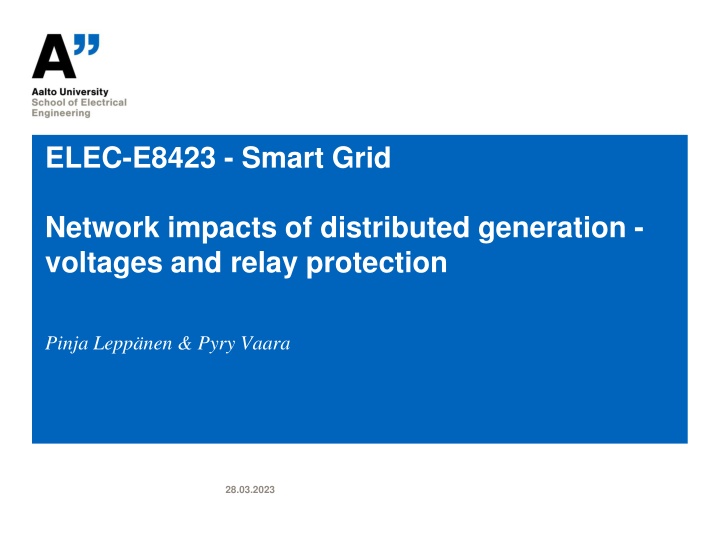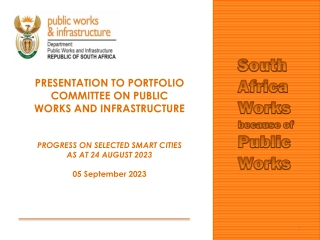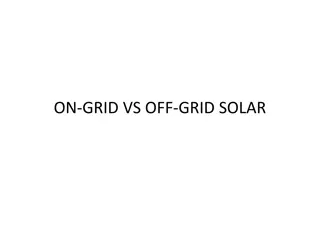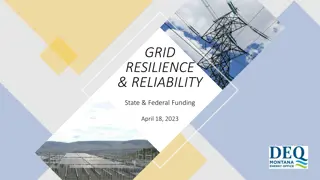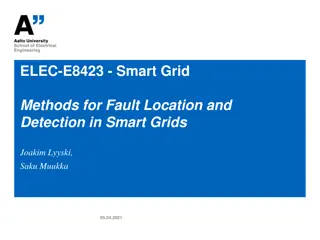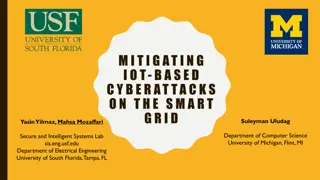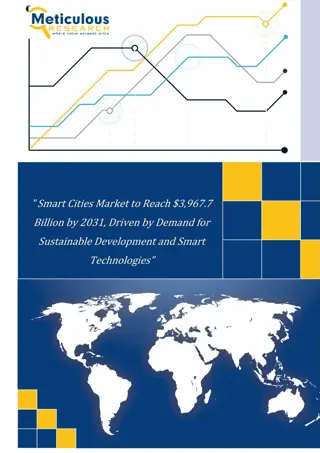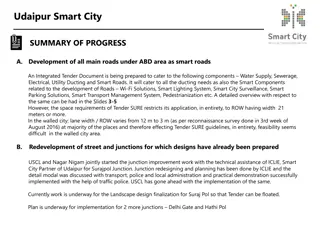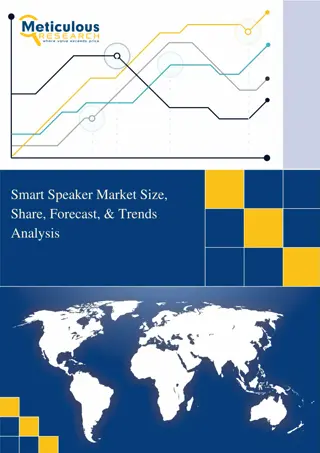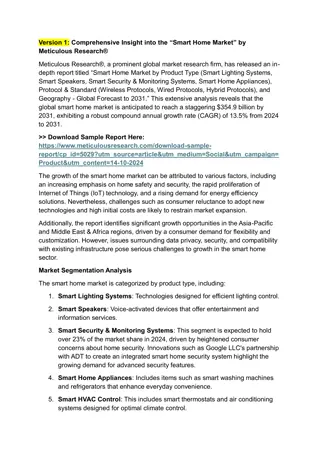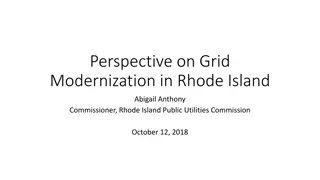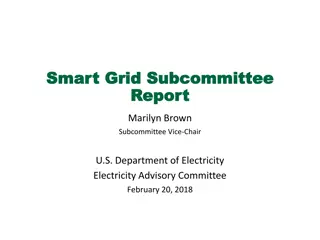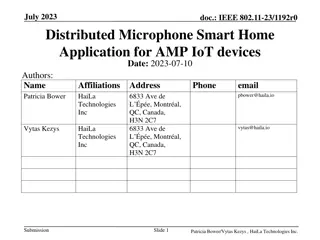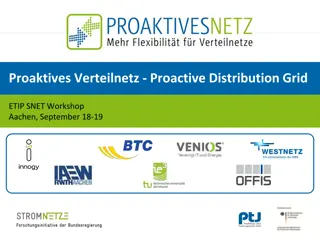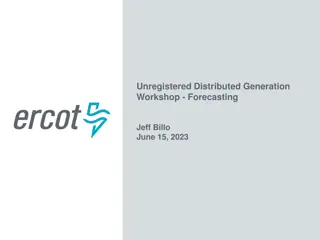Impacts of Distributed Generation on Smart Grid Networks
In this research paper, the impacts of distributed generation (DG) on smart grid networks are examined, focusing on voltage profiles, relay protection, positives, negatives, and solutions related to relay protection. The need for DG is explored in the context of growing energy demand, renewable energy, and technical advancements. Challenges and benefits of DG deployment are discussed, highlighting the complexities of assessing its quality and quantity effects on power systems.
Download Presentation

Please find below an Image/Link to download the presentation.
The content on the website is provided AS IS for your information and personal use only. It may not be sold, licensed, or shared on other websites without obtaining consent from the author.If you encounter any issues during the download, it is possible that the publisher has removed the file from their server.
You are allowed to download the files provided on this website for personal or commercial use, subject to the condition that they are used lawfully. All files are the property of their respective owners.
The content on the website is provided AS IS for your information and personal use only. It may not be sold, licensed, or shared on other websites without obtaining consent from the author.
E N D
Presentation Transcript
ELEC-E8423 - Smart Grid Network impacts of distributed generation - voltages and relay protection Pinja Lepp nen & Pyry Vaara 28.03.2023
DISTRIBUTED GENERATION International Energy Agency: Distributed generation is a generating object, generating electricity at the customer's location or providing support for the distribution network, connected to the network with a voltage distribution level A set of technologies that allows generating an electricity near its place of consumption. Page 2
Introduction [1] Why DG? - growing energy demand - need for renewable energy - economical reasons - technical development Quality and quantity assessment of the impacts of DG is complicated - topology (radial, meshed), power equipment - capacity and location of DG units - type of DG - automatic control and relay protection systems Page 3
Impacts of DG (1/2) Plosses= r * s * I2= losses Positives - Improved voltage profile - Reduced need for power transmission - Lower line losses - Less/smaller lines required - Increased efficiency - Reliability and power quality improvement? Page 4
Impacts of DG (2/2) [2] Negatives - Reverse power flows - Injection of harmonics by inverters - Potentially higher fault currents - Stability issues? - Logic of old control systems - Logic of old protection equipment [3] Page 5
Impacts on relay protection - - Relay = electrically operated switch DG may change amplitude and direction of short-circuit current - can lead to the failure or false operation of the relay protection system - can damage the switching equipment - interrupting capacity, thermal and electrodynamic resistance of circuit breakers should be updated Page 6
Solutions related to relay protection (1/2) Most proposed solutions are based on gathering and processing more data [4],[6] - More detailed measurements of voltages and currents - More measurements from more locations - Data links between control systems - New smarter control algorithms - More voltage and power compensation equipment (STATCOM, SVC, energy storages ) Page 7
Solutions related to relay protection (2/2) How does more data help? - Intelligent real-time cooperation between control systems - Fast identification and isolation of faults - Intelligent rerouting of power [5] - Coordinated voltage control and compensation by multiple systems Page 8
Conclusions - Great potential to help meet growing electricity demand and mitigate some associated problems - New challenges for control and protection systems - Must be implemented correctly Page 9
References [1] R.A. Ufa, Y.Y. Malkova, V.E. Rudnik, M.V. Andreev, V.A.Borisov. 2022. A review on distributed generation impacts on electric power system. International Journal of Hydrogen Energy. Vol. 47:47. Pages 20347-20361. https://doi.org/10.1016/j.ijhydene.2022.04.142. [2] http://www.frequencyinverter.org/frequency-inverter-harmonics-solutions.html (visited 27.3.2023) [3] https://www.wwaytv3.com/cold-temperatures-likely-cause-of-blown-transformer/ (visited 27.3.2023) [4] M.M. Eissa. 2015. Protection techniques with renewable resources and smart grids A survey. Renewable and Sustainable Energy Reviews. Vol. 52. Pages 1645-1667. https://doi.org/10.1016/j.rser.2015.08.031. [5] https://www.gegridsolutions.com/multilin/smartgrid_innovations.htm (visited 27.3.2023) [6] Davood Yoosefian, Hossein Askarian-Abyaneh, Mostafa Kheshti, Qi Li, Vladimir Terzija. 2023. Fault ride through constrained protection scheme for distribution networks with DFIG-based wind parks. Electric Power Systems Research. Vol. 215, Part A. 108973. https://doi.org/10.1016/j.epsr.2022.108973. Page 10
